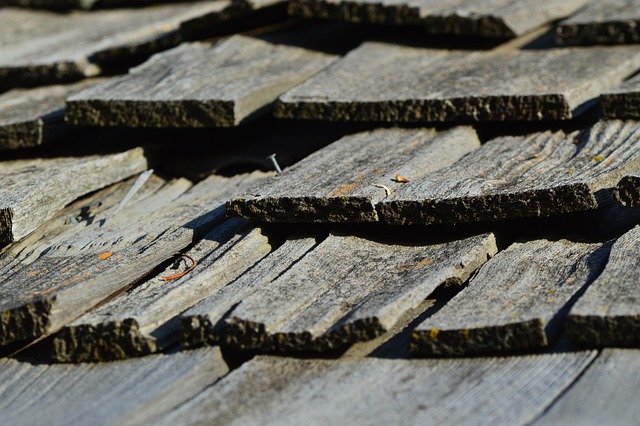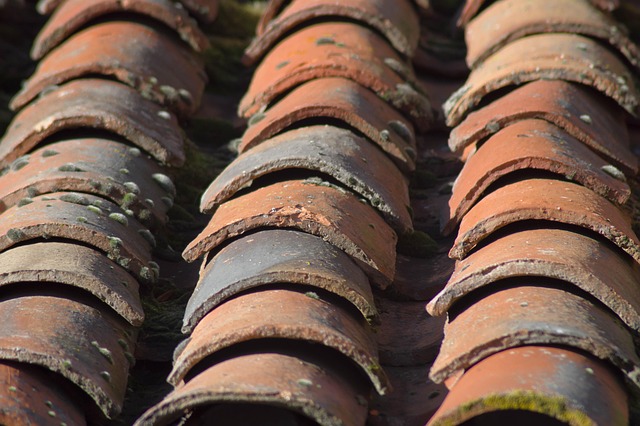Roofers identify and manage hazardous materials like asbestos, lead paint, and chemicals during roof removal to ensure safe work environments. They utilize personal protective equipment (PPE), adhere to strict protocols, and follow approved disposal methods to comply with regulations and protect public health and the environment. Continuous learning and staying informed about relevant regulations are crucial for roofers to maintain safety and compliance in their work.
Roofer safety is paramount when dealing with old, damaged, or hazardous materials. This comprehensive guide explores the crucial topic of safely removing these substances, essential knowledge for rooftop professionals. From understanding the identifications and risks of various hazardous materials to implementing best practices and adhering to regulatory guidelines, this article equips you with the insights needed to navigate this critical aspect of your work effectively.
- Understanding Hazardous Materials: Identifications and Risks
- Safe Removal Processes for Rooftop Professionals
- Best Practices and Regulatory Compliance Guidelines
Understanding Hazardous Materials: Identifications and Risks

When it comes to removing old, damaged, or hazardous materials from a property, especially for roofers, understanding the nature of these materials is paramount. Hazardous substances can range from asbestos, often found in older roofing materials, to lead-based paint and various chemicals used in sealing or cleaning. Identifying these materials is crucial as they pose significant health risks if not handled properly. Roofer professionals must be adept at recognizing these substances through visual inspection and knowledge of common usage patterns.
Each type of hazardous material carries its own set of risks. Asbestos, for instance, can lead to serious respiratory diseases, while lead exposure can cause neurological damage. Proper personal protective equipment (PPE) is essential when dealing with such materials to safeguard the health of roofers and those around them. Knowing the risks associated with different hazardous substances enables roofers to take appropriate precautions and navigate the process safely and efficiently.
Safe Removal Processes for Rooftop Professionals

Roofer professionals are well-versed in safe removal processes for old, damaged, or hazardous materials on rooftops. The first step involves assessing the scope of the project and identifying potential risks associated with the materials to be removed. This includes evaluating the condition of the roofing components, such as shingles, flashing, and underlayment, to determine if they pose a safety hazard or require specialized disposal methods.
Once identified, hazardous materials like asbestos, lead-based paint, or old roofing compounds are handled with care. Rooftop professionals use personal protective equipment (PPE) and follow strict protocols to prevent exposure to harmful substances. They employ approved techniques for safe removal, ensuring that the process complies with local regulations and environmental standards. Proper disposal methods, such as containment, packaging, and transportation by licensed waste management companies, are implemented to mitigate any potential impact on the environment or public health.
Best Practices and Regulatory Compliance Guidelines

When a roofer confronts old, damaged, or hazardous materials on a job site, adhering to best practices and regulatory compliance guidelines is paramount. These include wearing appropriate personal protective equipment (PPE), such as gloves, masks, and safety goggles, to mitigate exposure to harmful substances like asbestos or lead paint. Proper waste management techniques, including sorting, packaging, and labeling according to local regulations, are also crucial to ensure the safe removal and disposal of these materials.
Roofer professionals should be well-versed in local, state, and federal regulations governing hazardous material removal, such as those set by the Environmental Protection Agency (EPA). Staying updated on industry best practices, attending training sessions, and participating in continuing education programs can help roofers stay compliant, enhance safety, and protect both their own health and that of their team members.
When it comes to rooftop work, safely removing old or hazardous materials is paramount. By understanding these materials’ identities and associated risks, roofer professionals can employ appropriate removal processes and best practices, adhering to regulatory guidelines. This ensures not only the safety of workers and surrounding environments but also contributes to a sustainable and responsible construction industry.
